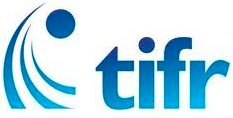Reverse shock in radio afterglows of Gamma Ray Bursts

|
|
We have searched the known sample of radio afterglows looking for the characteristic signature from a reverse shock. We see possible reverse shock emission from 24 radio afterglows. This strengthens the view that the reverse shock phenomenon is quite common in radio GRBs, despite the well-known paucity of optical reverse shocks. If our sample is representative of the GRB population as a whole then 12% of GRBs have radio reverse shocks, compared to 4% of optical afterglows. These data lend support for the hypothesis that the peak frequency of the reserve shock for some GRBs is shifted below the optical band. This is a work in progress. |
Click in boxes below to see some highlights of our research work.
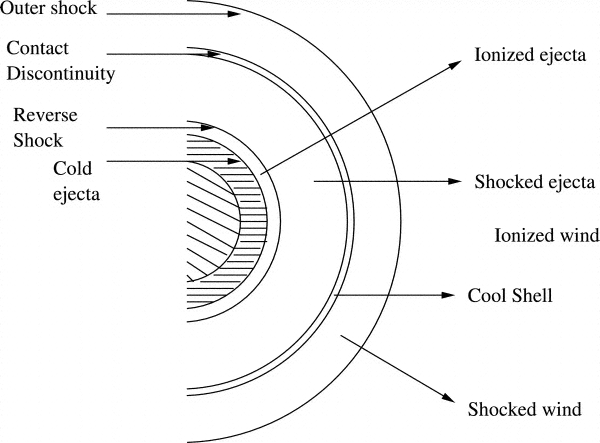
Type IIn supernovae are the most mysterious class of supernovae. Their progenitor stars are a big mystery....
Detail
While reverse shocks are seen in one every 24 optical afterglows of gamma ray bursts, they are much more prevalent in radio afterglows...
Detail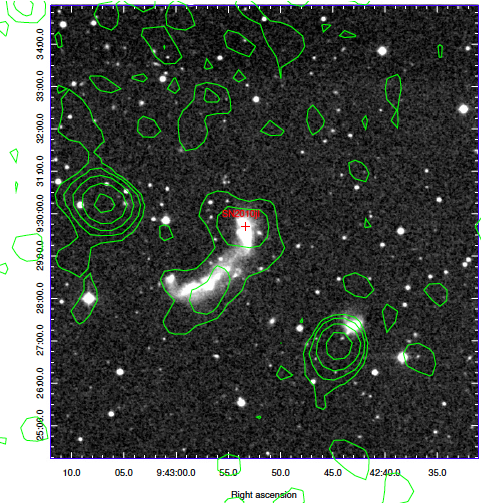
SN 2010jl have revealed a spectacular evolution of the column density from X-ray observations....
Detail
We have studied a catalog of radio afterglow observations of GRBs over a 14 year period from 1997 to 2011...
Detail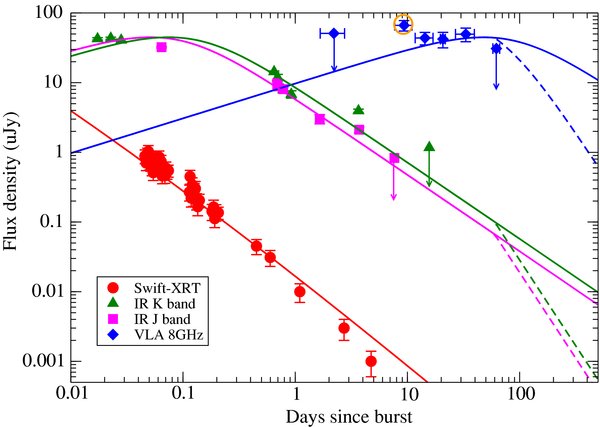
Radio detection of a redshift 8.3 GRB 090423 have revealed the environments of the Universe at such high redshift epochs...
Detail
Inverse Compton scattering can solve the famous mystery of lack of achromatic jet breaks in a subsample of Swift bursts....
Detail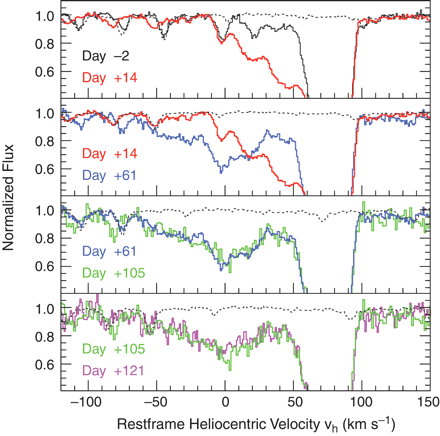
First time spectroscopic evidence of circumstellar matter has been seen in a thermonuclear supernova...
Detail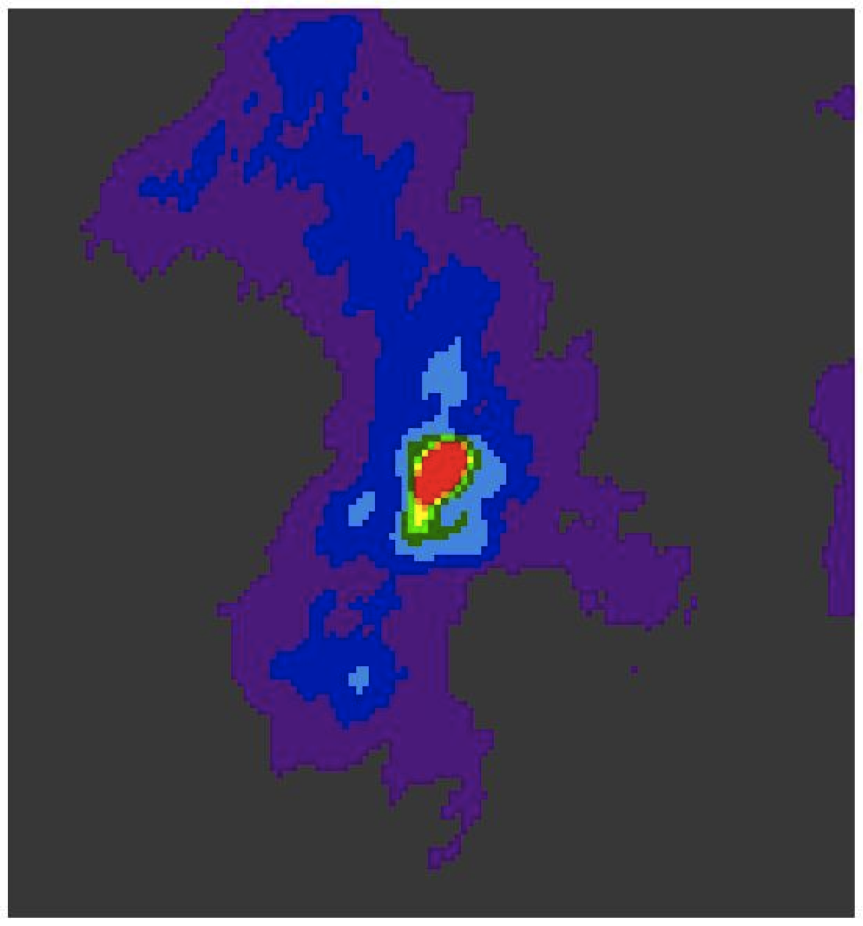
Lowest frequency radio emission at 125 cm has been seen in this most violent Galactic explosion .....
Detail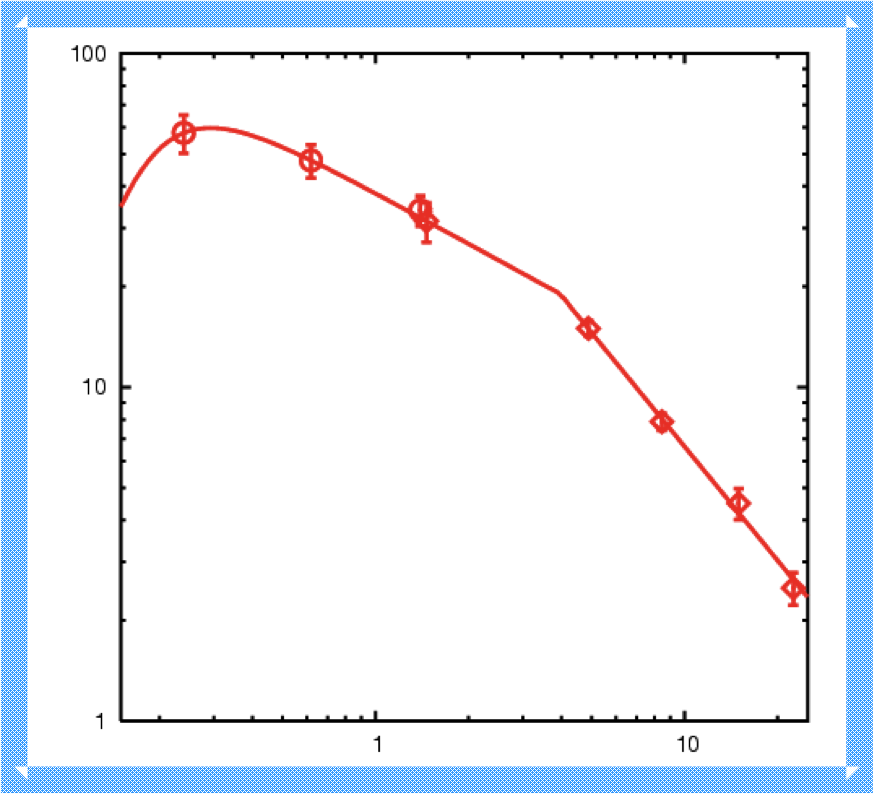
First time direct signature of synchrotron aging was seen in VLA and GMRT observations of SN 1993J.
Detail
